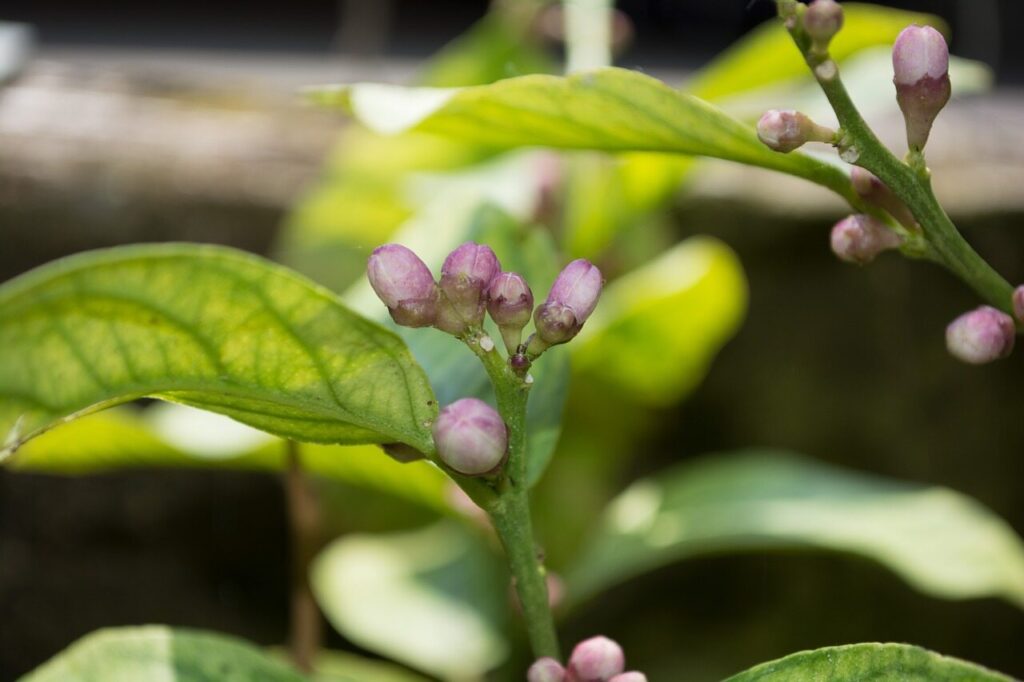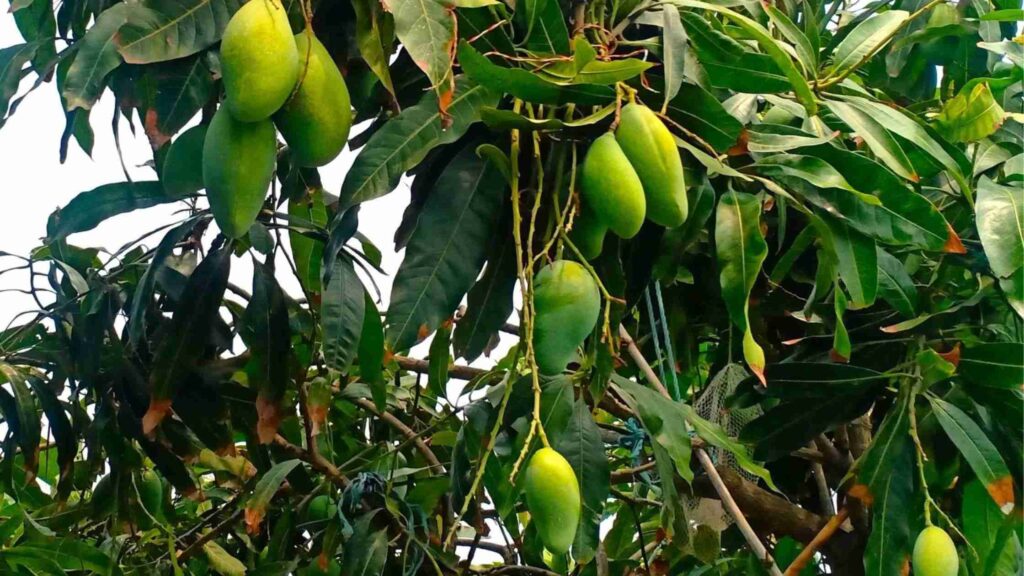Citrus trees are fruit trees and include lemon, limes, oranges, and even grapefruit. These tips are common for those growing citruses in containers or on the ground. Now let’s look into important tips for growing citrus tree in a roof garden in containers and how to get lots of flowering and fruiting from a single plant.
Choosing the Right Variety
This is the first step in growing citrus trees. You can grow citrus trees from seeds but you never know the outcome. Because seed-grown trees are not true to the parent tree and also may not produce fruits very late the best option is to purchase a grafted citrus from a nursery. The plant should start flowering and fruiting the same year provided you follow all these tips discussed in this content.
Choosing the Right Container
The minimum measurements of the container should be 14 inches in diameter, 14 inches in depth, and 14 inches in height. Larger is better. You can use a high-quality plastic pot, a clay pot, or a cement pot if one is available. Additionally, you can cultivate in barrels, like chemical or plastic drums. Verify that the container has an adequate number of drainage holes at the bottom.
Potting Soil Mix
A properly draining soil is essential for healthy root development. A stronger root system will produce a stronger and healthier shoot and yield a good harvest in the end. A simple potty mix formula should include 40% Garden soil 30% Coco Peat or 20% Organic compost like decomposed cow dung vermicompost or kitchen compost. You can optionally add other stuff like Perlite, and Neem cake powder if you have any.
In addition to this, to make the root system stronger and induce lots of flowering and fruiting you can add one helpful of Bone meal powder which is very inexpensive and low cost are easily available near agriculture stores or nurseries. You can incorporate organic Rock phosphate powder into the potting mix if you follow a vegan diet. These two organic fertilizers are a very important slow-release source of phosphorus.
Sunlight Location
Whether you are growing citrus plants on your balcony or on the roof garden, location is very important because citrus trees need full direct sunlight or at least 6-7 hours for best results. A few important tips to remember here is when you bring a plant from the nursery do Not immediately report, just keep it in indirect bright light for 3 to 4 days then report so that the plant gets time to acclimatize to its new place.
After reporting keep it in shade or indirect light for a week to prevent transplant. You can also water it once after reporting with an Epson salt water solution like one teaspoon of Epson salt for 1 liter of water these help fight for reporting or transplant shock.
Watering
Naturally, the frequency of watering is determined by the season and the zone in which you reside. Generally speaking, you can water every day or every other day during the heat. The finger-deep approach is the optimum practice. Use a fingertip that is 1 inch deep to check for moisture; add water only after it is dry. If the plant receives too much water, it may die and suffer root rot. Make it a habit to water it completely and deeply each time, ensuring that water flows from the drainage holes and covers the entire root system.
Fertilizer

Fertilizer is the most important step if you want to have a lot of flowering and fruiting in citrus trees. Citrus tree in a roof garden are heavy feeders, especially during the flowering stage and need a variety of nutrients for healthy protein during fruit formation. if you don’t give them trace minerals like magnesium, manganese, iron, and other components. They can show signs of deficiency like pale leaves, patchy leaves and yellow leaves depending on the deficiency of the element. Firstly, citrus trees need at least a handful of compost, such as vermicompost or decomposed cow manure, once a month. High-quality compost provides the majority of necessary macro and macronutrients.
If desired, you can mix all of the available organic fertilizers to create a cocktail fertilizer and determine its total NPK, or you can add some micronutrient fertilizer that contains all trace elements. You can supply a source of magnesium that’s Epsom salt or Magnesium Sulphate once in 15 days as a foliar spray of one teaspoon of Epson salt per liter of water and thoroughly mist the leaves, paying particular attention to the undersides where the stomata, or openings for absorption, are more numerous. One can also use fertilizer made of banana peels once every fifteen days as a beneficial potassium supplement.
Pest Control
Aphids, mealybugs, and white flies are some of the pests that can occasionally damage citrus trees. It is best to prevent this by using neem oil once every fifteen days. Neem oil (5–10 ml) in one liter of water. If it is already interesting, you can spray weekly once or even twice until all pests are eradicated.
Soil pH
Citrus fruit is acidic and many people assume that citrus trees need a very acidic soil pH but it is not true. it needs only a slightly acidic soil of around 6 to 6.5 which is the ideal soil pH required for most plants.
Pollinators
This is yet another crucial stage in preventing flower or bud drop-off and encouraging fruit production after flowering. Encourage beneficial insects like Butterfly and honey bees in your garden which pollinate flowers and encourage fruit formation. Do not spray pesticides particularly chemicals which can drive away this beneficial insect.
Pruning

You can regularly trim or prune the unhealthy or dry branches to keep them looking good and you can perform a hard pruning after harvesting or in the Early Spring season.
Harvesting Period
A grafted citrus tree can produce fruit after 3-4 years from the duration of planting. Moreover, it takes 7- 10 months from the lemon blossom period. Some Citrus trees can only produce buds. It depends on the variety of citrus plants.



